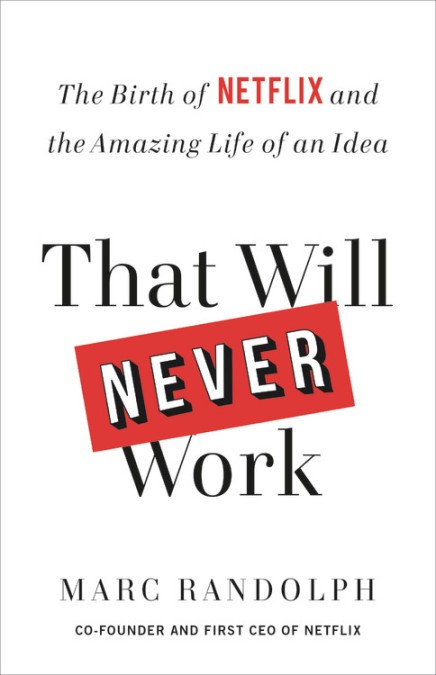One of the most amazing things about colors is that they are relative. I learned this from one of my professors in university. It’s an optical illusion, and it can be used to our advantage to create the perception of the color we want without actually using that color.
Continue readingCategory: Videos
Be an Excellent Facilitator: Learnings from Reading Communicating the UX Vision
If you want to design the best product or experience for your team, you might want to read Communicating the UX Vision by Martina Hodges-Schell and James O’Brien. It isn’t a book about design thinking, or user research, or interaction design, but a collection of anti-patterns that we designers often exhibit that prevent us from working in the most effective way with the team. Below are my learnings from the book and I’d like to share them with you.
Continue reading5 Examples of Clever Use of Cognitive Biases in Product Design
How can we go beyond visuals when designing digital products?
So far in my blog, I’ve covered two ways to do that: One is to understand the user mental model. Another is to be more cognizant of the relationship between design and metrics. There’s a third way, which is to leverage cognitive biases.
According to verywellmind.com, cognitive biases are systematic errors in our thinking. They are the attempts of our brains to simplify information processing. They serve as heuristics, or rules of thumb, that can help us make decisions faster.
If you’re new to cognitive biases, here are five real-life examples I’ve collected that beautifully illustrate how they can be used in product design. Definitions of the biases below are pulled from Wikipedia.
Continue readingWin the Number Game: Strategies for Data-Driven Design
You are excited about your new design. It certainly looks more beautiful than the production, but when it comes time to A/B test, it doesn’t fare well. Key metrics drop and your craft cannot be shipped.
If you’re a product designer, does this resonate with you? Has something like this happened to you before?
Continue readingLet Ideas Collide with Reality: Learnings from Reading That Will Never Work
That Will Never Work may not be a book for designers at first glance. As I delved deeper into the journey that Marc Randolph went through to found Netflix, I realized that the book is actually full of amazing real-life examples of product thinking and idea testing. It’s a great read for not just aspiring entrepreneurs, but also product designers and managers.
Continue reading
